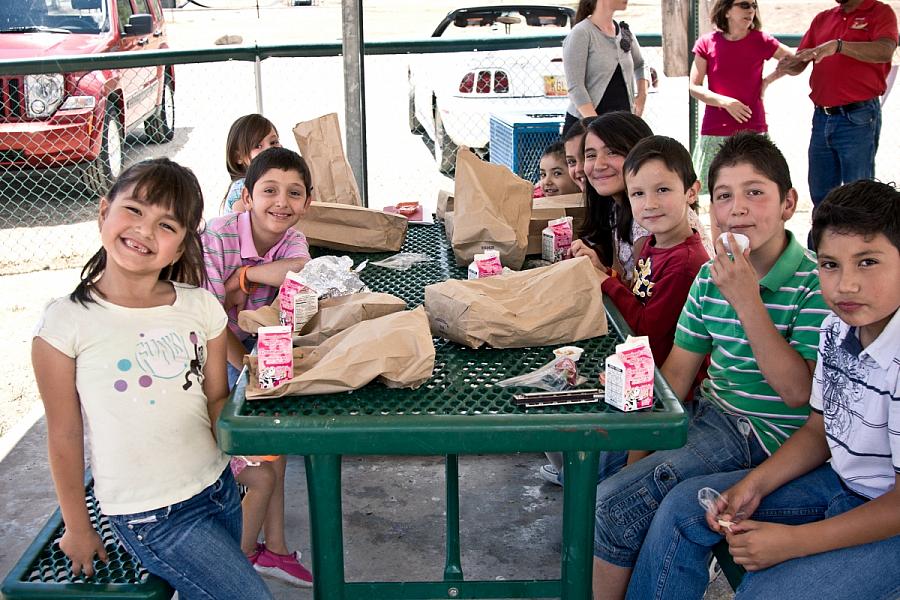Summer programs help alleviate childhood hunger

I was waiting for my two boys after their swimming lessons recently, when another parent there looked up at a sign posted on the door of the community pool and loudly scoffed.
“Summer food program,” he said. “Another fine example of our tax dollars at work.”
He went on to say how our middle-class, suburban town couldn’t have many hungry kids like there are elsewhere – why should we all be paying so kids can eat during the summer?
Our little tête-à-tête made me realize how little I knew about the program and what it does for the community. So, like any good reporter, I investigated.
The Summer Food Service Program is run by Food and Nutrition Service, part of the U.S. Department of Agriculture. SFSP reimburses schools, churches, day camps, housing projects and other businesses and organizations that provide free meals and snacks to children during the summer months.
The precursor to the program was created in 1968, geared toward kids in low-income areas who receive free or reduced-priced school lunches. The purpose was to feed these children, whose parents might not be able to afford food, when school is out. The sites operate in areas where at least half of the kids’ families are at or below 185 percent of the federal poverty level ($42,643 for a family of four). Some sites serve anyone under 18 who comes for food; others only serve those enrolled in an activity program like a day camp.
In addition to meals, many of the sites offer some form of enrichment like a reading academy, music or athletics. Mike McKenna, field manager for No Kid Hungry, an effort of Share Our Strength, said sites that have some form of activity have a higher number of children attend than those that only offer meals.
According to Share Our Strength, more than 21 million children get free and reduced-priced lunches during school. About three million kids are fed in summer meal programs. The lack of uptake is attributed to two things: not enough participating sites and lack of awareness of the program, McKenna said.
“We have launched aggressive marketing campaigns,” to get the word out, he said. “We message around food, friends and fun. No kid should worry about getting a meal; they should be thinking about things that are much lighter than hunger in the summer.”
Share Our Strength advertises on the radio, Facebook, in print ads and community newspapers. They send out post cards and flyers to households, doctors’ offices and social services. They even have a team in Maryland that knocks on doors and calls households directly to let them know what is available in their area.
The USDA only offers reimbursement for food, not for staff, equipment, advertising, transportation or other expenses. So, it is likely many places that might offer the summer meals can’t afford to pay for the other costs of operating a program. Share Our Strength spent more than $1.6 million in 2011 on its summer programs and receives approximately $350 million for them annually from the federal government. McKenna said this is one example where public-private partnerships really work.
“It is about the resources of the federal government, the organizing and processing powers of the state agencies as administrators, and the community partners serve the meals or help spread the word,” he said. “It requires all hands on deck to be successful and we are seeing that in more and more places.”
Here are some issues to consider when reporting on this topic:
- What is the prevalence of childhood hunger in your area? If it’s high, are people aware of the problem? What are some of the driving factors that cause hunger in your area?
- In my middle-class area, there are at least two schools where 50 percent of the kids receive free or reduced-priced lunches. What is the landscape of hunger in other middle-income areas?
- Childhood hunger during the summer is a greater problem in areas where budget cuts have restricted summer school and summer enrichment programs. Has this happened in your area? If so, is it impacting how children are getting food during the summer?
- What organizations are taking part in the program? Who is funding it? Is anyone doing anything innovative to get children to participate?
Image via Share Our Strength

